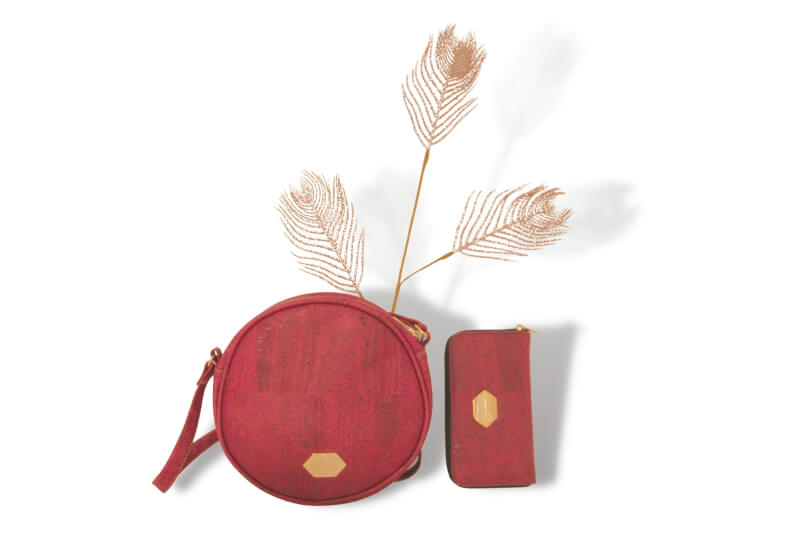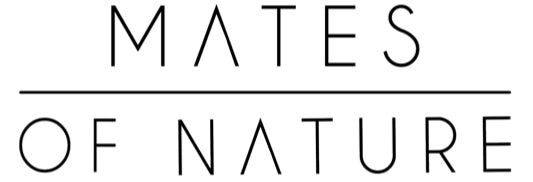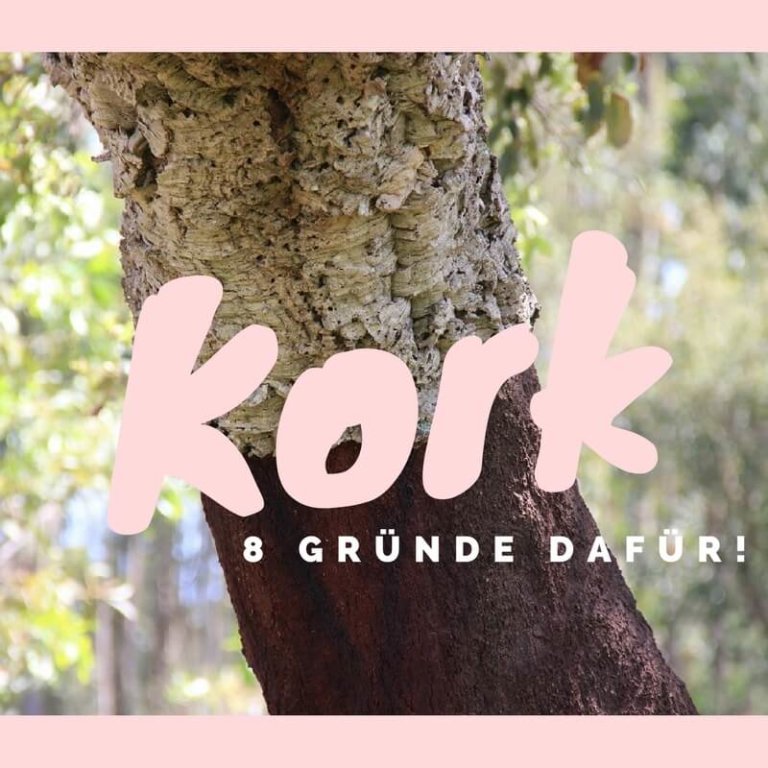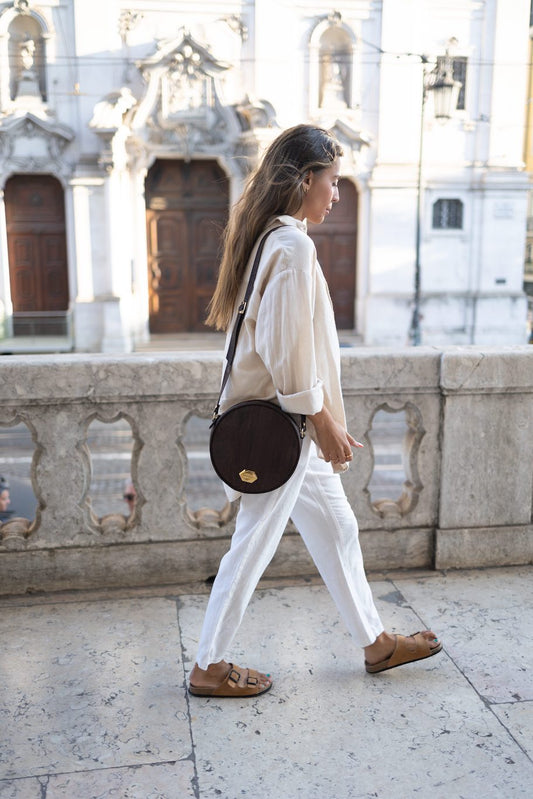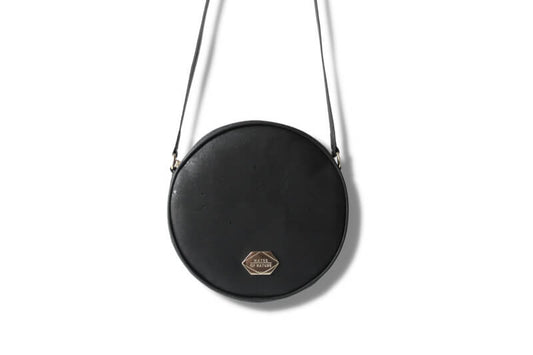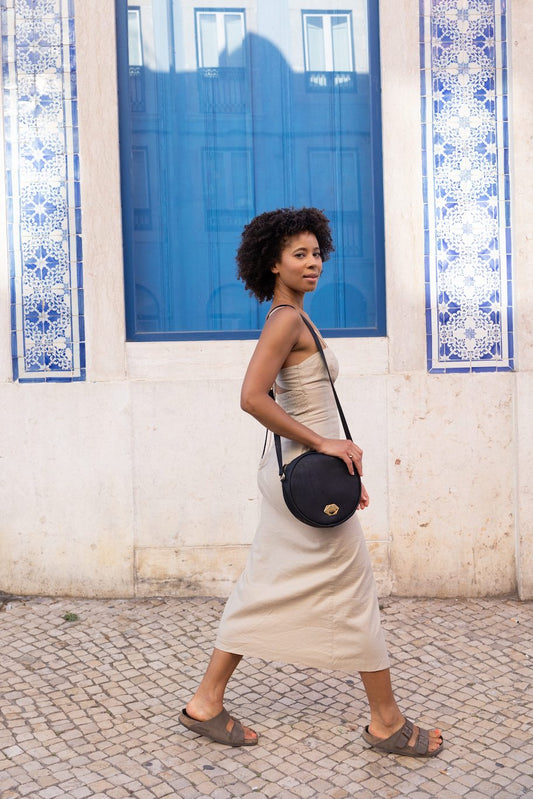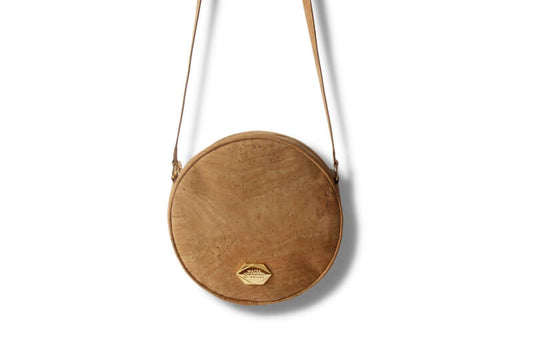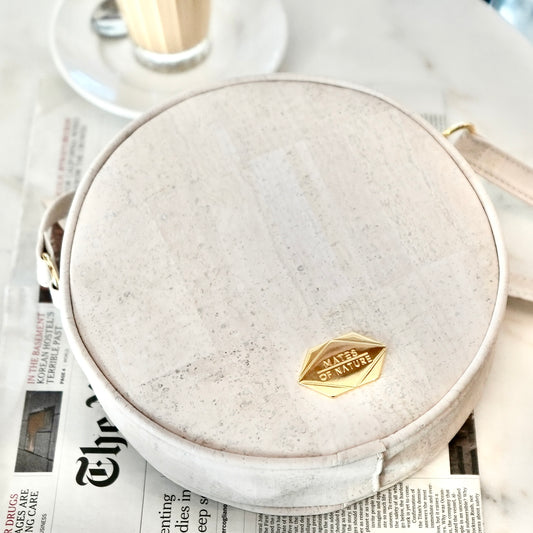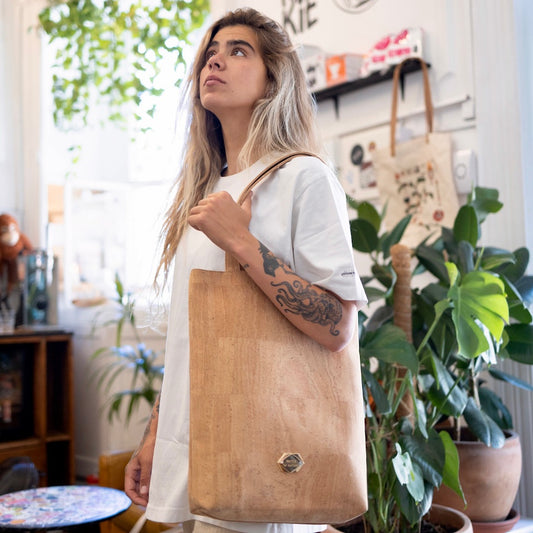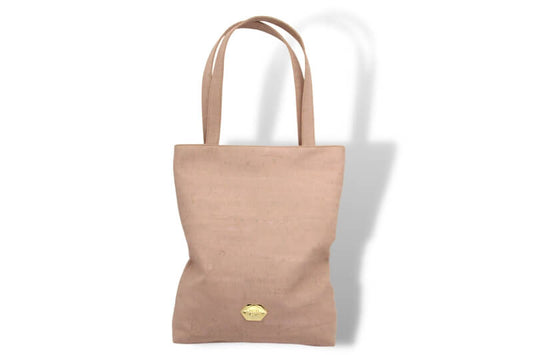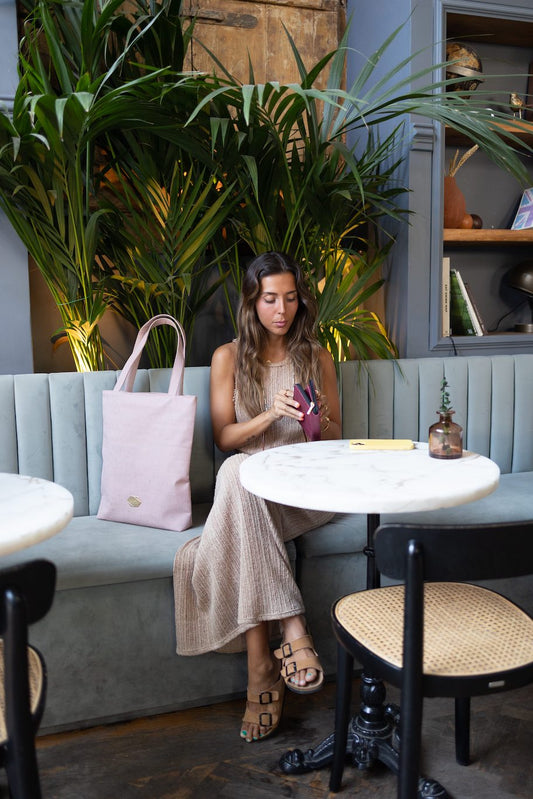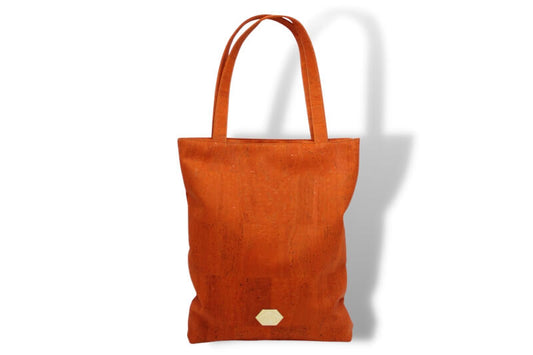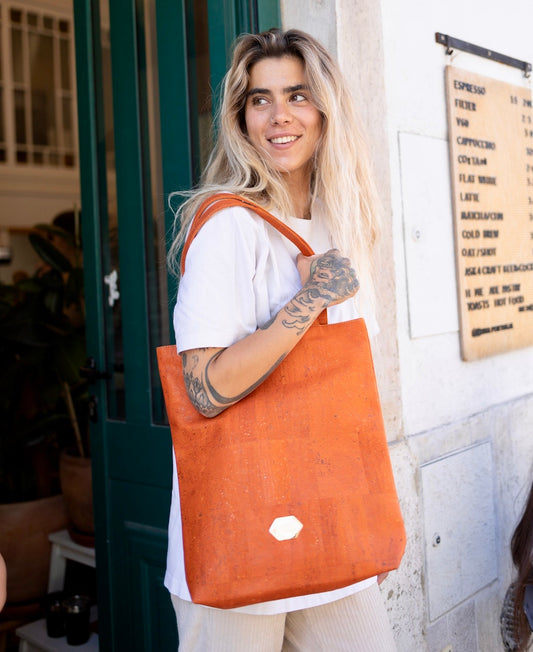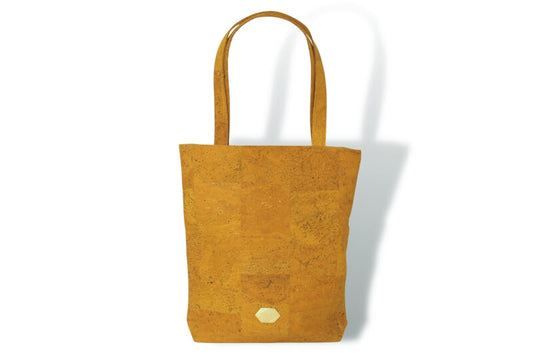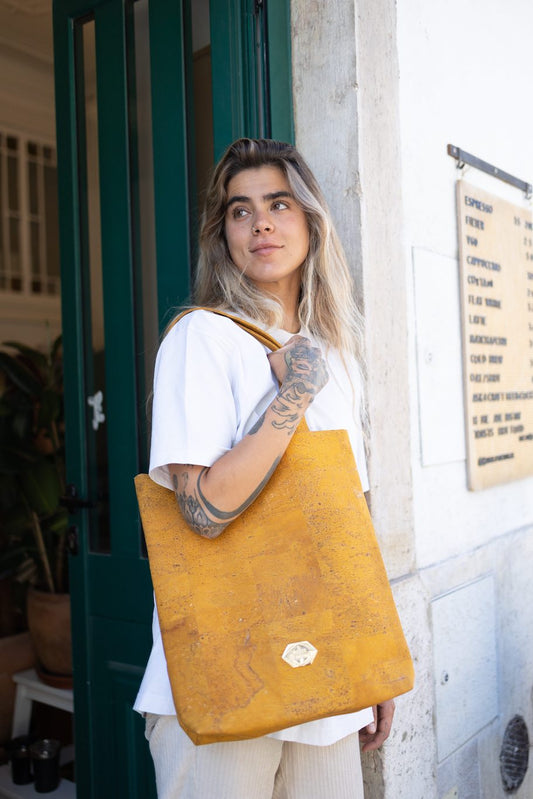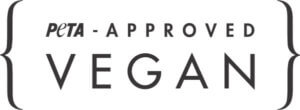We have long been convinced of cork as an alternative to leather. So that you can too, read our 8 reasons why cork is simply the better leather.
1. CORK IS WATER RESISTANT
In contrast to leather, which literally soaks up water when you walk into a rain shower, water rolls off cork. This means that cork textile can also be used ideally for bags.
2. CORK IS AN ALLERGIC
Tanning agents and chemical dyes often make leather more dangerous for the wearer than you might think. Many people have a contact allergy, which means they are allergic to these dyes and tanning agents or the chromates they contain. Cork, on the other hand, is anti-allergic and can therefore also be worn on the skin by allergy sufferers.
3. CORK IS ODORLESS
You may know this. Just got home from shopping, you are looking forward to your new achievements. But then you wrinkle your nose – plastic? Leather? waterproofing spray? Your new favorite item will now be condemned to the balcony for a few days. This or something similar is the case for many when buying clothing and accessories. Luckily, cork is different! Cork does not stink and is pleasantly odorless. So cork products can be used immediately after purchase 🙂
 4. CORK IS ECO-FRIENDLY
4. CORK IS ECO-FRIENDLY
Compared to artificial leather, cork shines with good properties. The surface of cork products is 100% natural cork. The reinforcement of the cork textile can be made of cotton, polyester and polyurethane (PU) depending on the production. PU is less harmful to the environment than polychloride (PVC), which is normally used for imitation leather.
5. CORK IS A RENEWABLE RESOURCE
In concrete terms, this means that neither animal nor tree has to die for cork textile. Cork is obtained from the bark of the cork oak. A cork tree is first peeled at the age of 25. The bark then grows back naturally and is only peeled every 9 years, a total of up to 17 times. The cork oak is very durable and usually reaches an age of more than 200 years. A cork oak produces up to 700kg of cork during its lifetime.
 6. CORK IS SOFT - WHO WOULD THINK?
6. CORK IS SOFT - WHO WOULD THINK?
Cork is often associated with the typical bottle cork. Hard and partially porous. Cork textile is actually velvety soft and can be processed wonderfully for clothing and accessories. The feel of it is perhaps best compared to suede. In order to be able to use the cork bark as a textile, it is cut into very thin sheets and glued to a textile reinforcement. Then you can process them like fabric or leather.
7. CORK IS DIFFERENT!
The 10th leather bag or the 100th cloth bag? That's boring. Try cork! Cork is something else that definitely doesn't need to hide. Whether in natural or colorful, the natural grain arouses curiosity and becomes an eye-catcher.
8. LAST BUT NOT LEAST: CORK IS MADE WITHOUT ANIMAL SUFFERING!
We saved one of the most important reasons (at least for us) for last. Cork is vegan! No animal has to suffer from the production of cork. You can find more information about leather production here in this article. For a clear conscience and against animal suffering - choose cork! 🙂
Are you convinced of cork? Check out our cork bags and wallets here!
Why is cork the ideal leather alternative?
Whether you are vegan or not, there are good reasons to use cork as an alternative to leather. Leather can cause allergies and can be carcinogenic due to the sometimes toxic chemical tanning . As a consumer, however, you rarely notice this and you can hardly protect yourself.
With our cork handbags and wallets made of cork you get an ideal alternative, because cork is hypoallergenic, a natural material and also vegan.
Is cork vegan?
Yes! No animal has to suffer for cork and no animal skin has to be processed. Cork is a perfect leather alternative. Cork is not only vegan, it also has other great properties: Cork is robust, water-repellent, anti-allergic and velvety soft. Cork can do everything that leather can, and much more 😉
What is the difference between cork and faux leather?
Cork is considered to be an imitation of leather, although it can be so much more! Cork is a natural product and is in no way inferior to leather. Cork is more sustainable and environmentally friendly than other leather alternatives, such as artificial leather, which is made from the fossil resource of petroleum. Cork fabric can be processed like leather and is therefore a great alternative for leather bags!
How is cork textile made?
Cork textile - an alternative to leather - also called cork fabric comes from the bark of the cork oak and is therefore a natural product. The cork oak forms a cork layer 3-5 cm thick, which is peeled every few years. The bark grows back and can then be harvested again. Cork is therefore a renewable raw material. The bark is then processed and, much like leather, can be used as cork fabric to make bags and other accessories.
